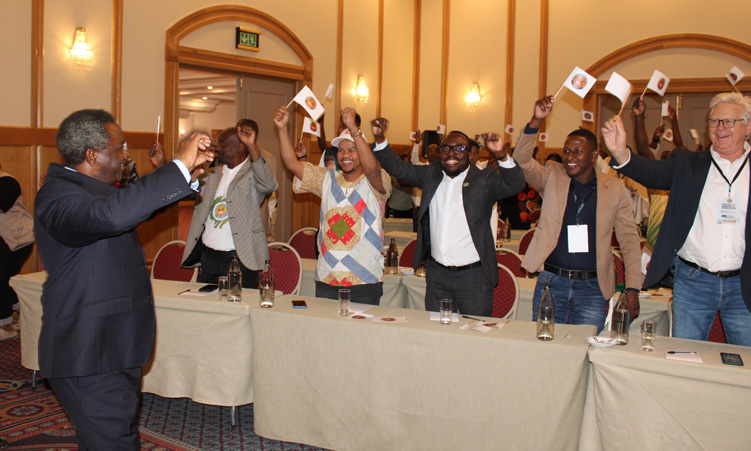NEW DELHI – The onset of monsoon rains in Sri Lanka is raising fears for the safety of thousands of war-displaced Tamils after rain flooded camps, ruined shelters and caused sewage to overflow, aid workers said on Tuesday.
Around 280 000 Tamils are being held in Manik Farm camp in the Indian Ocean island’s north, after government forces defeated Tamil Tiger separatists and ended a 25-year civil war.Rights activists accuse authorities of illegally holding the displaced in the heavily guarded camps, but the government says it has to first weed out Liberation Tigers of Tamil Eelam (LTTE) fighters and clear thousands of landmines before they can go home.The United Nations says around 1 925 shelters housing around 10 000 people were damaged or destroyed by sporadic rains which began on August 14, ahead of the northeast monsoon which is due in September and can last three months.’The impact caused by these showers was huge, so the amount of damage the actual monsoons can cause is a real matter of concern,’ said Gordon Weiss, UN spokesman in Colombo.Aid workers say at least five people have died as a result of the floods, with one boy killed when a pit latrine collapsed.The latrines were overflowing and mud and human excrement was flowing through people’s tents and communal cooking areas, aid workers said.ContaminatedGround water and river water – the main drinking water sources in the camps – have also been contaminated by sewage and silt washed into rivers has clogged up water filtration systems. All that is raising the risk of water-borne disease.Aid agencies say they have tried to truck in water supplies, but the roads and paths inside the camps have become too muddy.The sprawling Manik Farm site in Vavuniya district is part of a forest that was cleared to accommodate the influx of civilians fleeing the conflict in the final days of the war.Aid agencies say the site was poorly selected and the topsoil does not allow for proper drainage, resulting in a sea of mud during heavy downpours.’It is my feeling that the site is not viable logistically or technically and it will not be able to handle the monsoons at all,’ said David White, Oxfam’s country director in Colombo.The government however has complained that aid agencies have only built temporary shelters and refused to make anything more permanent, which has resulted in facilities which cannot withstand the monsoon. – Nampa-Reuters
Stay informed with The Namibian – your source for credible journalism. Get in-depth reporting and opinions for
only N$85 a month. Invest in journalism, invest in democracy –
Subscribe Now!






